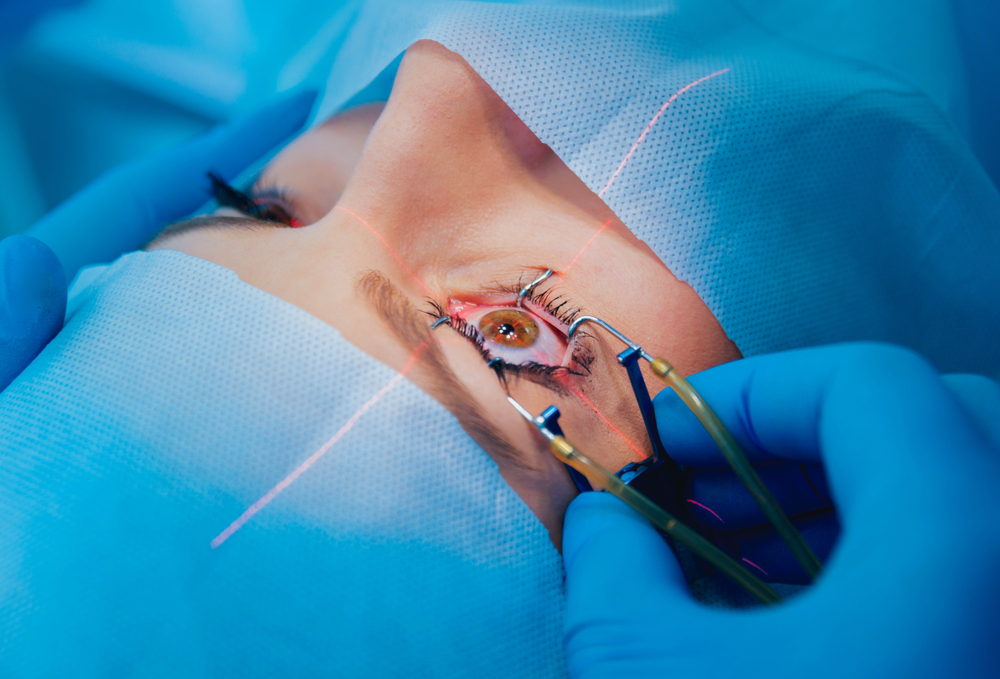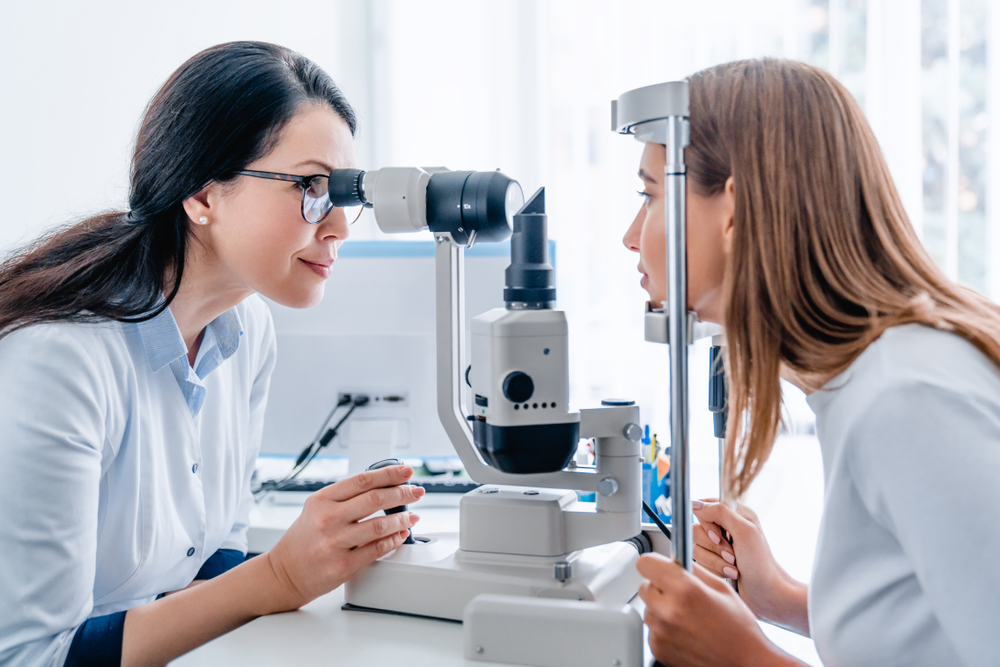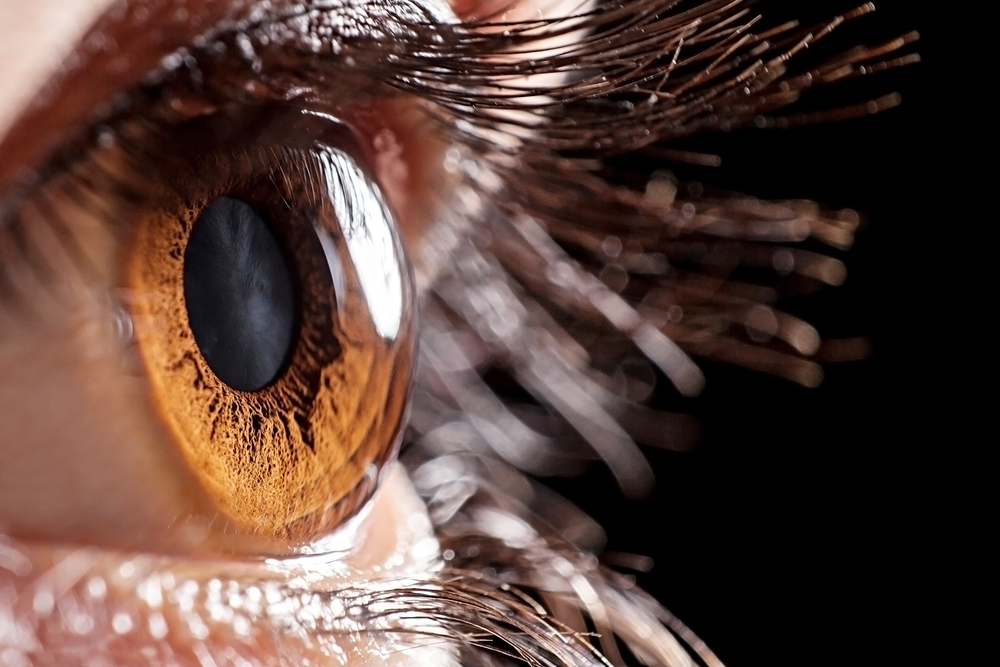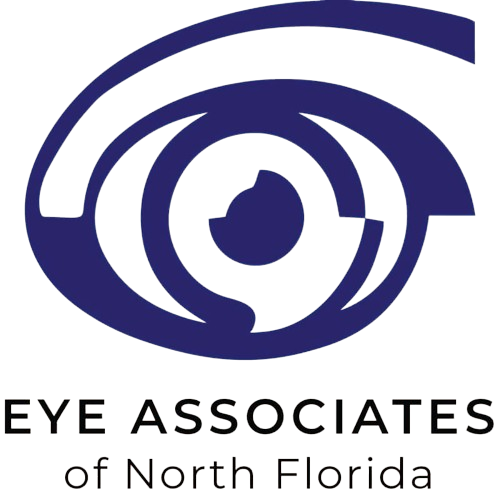What Happens During LASIK?

LASIK is one of the most commonly performed elective procedures in the United States. Eye doctors have been performing LASIK surgery for over twenty years.
Most people who undergo LASIK have better vision without glasses or contacts and feel happy with their results. The LASIK procedure itself takes place in your eye doctor’s office.
It only takes about thirty minutes, and you’ll be able to go home the same day. Keep reading to learn more about LASIK, including what happens during the procedure!
LASIK Consultation
Before undergoing LASIK surgery, you will meet with your eye surgeon for a thorough consultation. Plan for this appointment to last around an hour.

Leading up to your consultation, your eye doctor may instruct you to stop wearing contacts temporarily. This allows them to get the most precise measurements of your eyes.
During your LASIK consultation, be prepared to discuss your medical history, vision goals, and lifestyle needs with your LASIK surgeon. This helps them determine if LASIK is right for you.
Your LASIK surgeon will then conduct a comprehensive eye health exam, checking for any issues that could impact surgery. Specialized measurements of your corneas and pupils will also be taken.
These advanced readings allow the procedure to be tailored to the unique anatomy of your eyes. The consultation is a vital planning stage, enabling your LASIK surgeon to best customize the LASIK procedure to match and correct your vision.
It is essential to determine if you are a good candidate for the procedure for LASIK to be the safest and most effective.
Preparing for LASIK Surgery
On the day of your procedure, you may need to arrive ahead of your appointment time to complete any necessary paperwork. Your eye doctor may prescribe a sedative to help manage anxiety before the procedure, and you should take that according to the doctor’s instructions.
You will not be able to drive after LASIK surgery, so you should arrange for someone to give you a ride home. You should also plan to take several days off work so your eyes can rest after the procedure.
Your eye doctor can suggest a timeline for returning to work.
The LASIK Procedure
The LASIK eye surgery procedure typically involves the following steps:
1. Numbing and Prep
Your eye doctor will place anesthetic eye drops into your eyes in order to numb them and ensure you are comfortable. They may also place a tiny instrument around your eyelids to keep your eyes open during the procedure.

2. Flap Creation
Next, your LASIK surgeon will create a thin, hinged flap on the front surface of the cornea. This flap is folded back to expose the inner corneal tissue for reshaping.
3. Laser Treatment
Specialized lasers are then used to precisely reshape the corneal curvature to correct refractive errors like nearsightedness, farsightedness, and astigmatism.
4. Flap Repositioning
The corneal flap is repositioned in its original position, where it will work to heal back in place over a few days. The flap protects the newly shaped cornea as it heals.
5. Eye protection
Your LASIK surgeon may cover your eye with a shield for a day or so, to protect the eye as the cornea begins healing.
The entire procedure is usually relatively quick, lasting ten to twenty minutes. Full visual recovery usually occurs within several weeks as healing and vision stabilization takes place.
What to Expect After LASIK Surgery
While the LASIK procedure itself is quick, healing and vision improvement occur gradually over the following weeks. You may not notice significant vision changes right away.
Some common experiences include:
Blurry Vision – It’s normal for vision to be blurry or “foggy” immediately after surgery as your eyes begin healing. This blurred vision usually resolves within the first one to three days.
Post-Operative Care – Your eye doctor will provide specific at-home care instructions for protecting your eyes as they heal. This may involve wearing an eye shield at night, using antibiotic eye drops to prevent infection, avoiding strenuous activities for a period of time, and not using eye makeup.
Follow-Up Exams – You will have an appointment the first day or two after your procedure to examine your healing progress. The eye shield will be removed, your vision tested, and your eyes examined.
Your eye doctor will advise how often further follow-up visits are needed in the coming weeks.
With proper post-operative care and healing, LASIK patients can generally expect vision improvement and stabilization within the first one to two months following surgery. Be sure to attend all recommended follow-ups to ensure the best outcome.
How Do I Know if LASIK is Right For Me?

A thorough LASIK consultation is a crucial first step to determine if you are a good candidate. This comprehensive evaluation with your eye doctor will assess your eligibility for the procedure through various vision tests, corneal scans, and eye health checks.
It provides an understanding of your vision needs and goals, the potential outcomes of surgery based on your prescription, and reasonable expectations. Together, you can determine if LASIK is suited for your eyes or if other vision correction procedures, like PRK, might be better for you.
Good candidates are over eighteen, with stable prescriptions and have healthy eyes. It is also important that your corneas are thick enough for your LASIK surgeon to make the flap.
Discuss your vision goals with your eye doctor at Eye Associates of Tallahassee so they can guide you to the best vision correction procedure for you.







